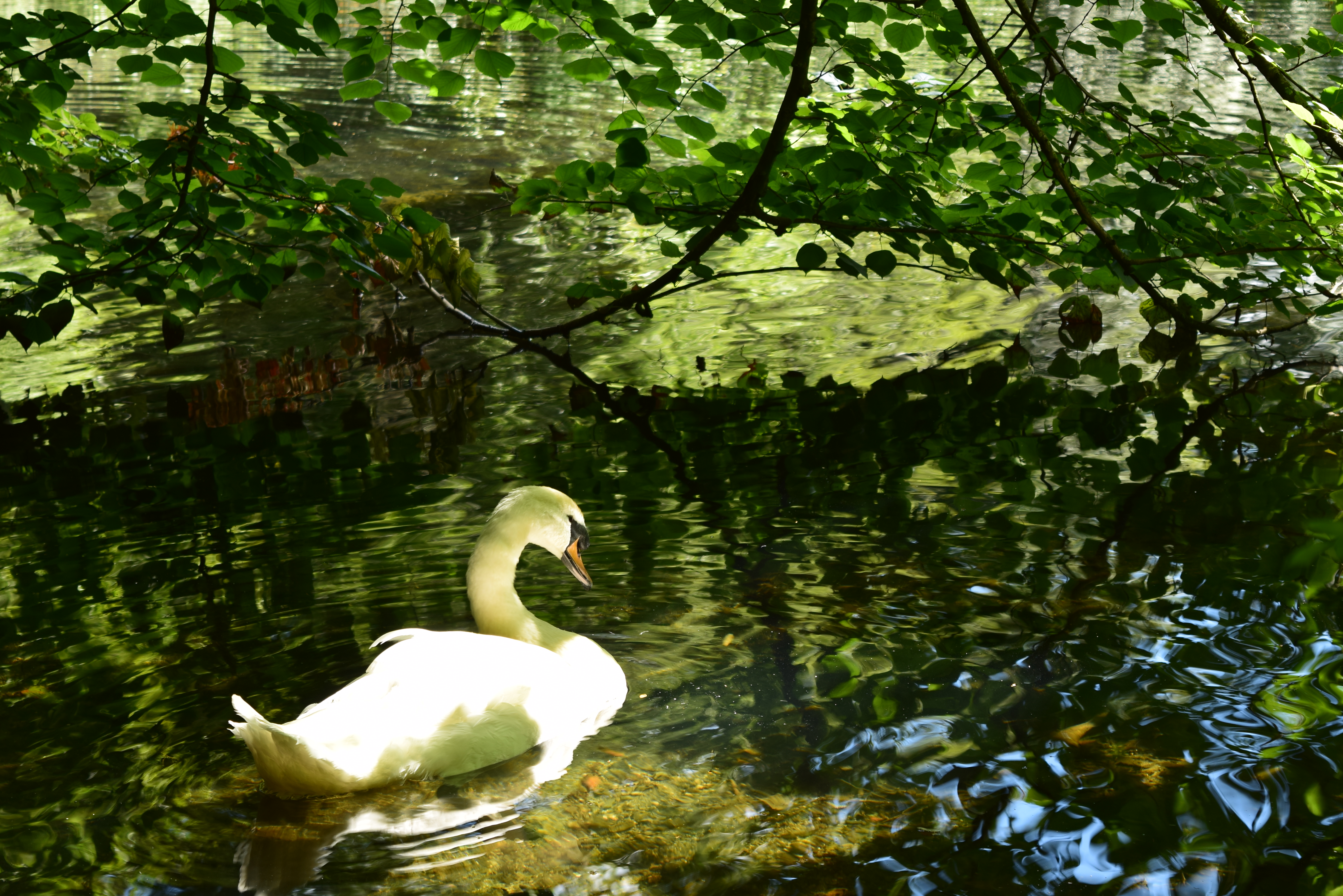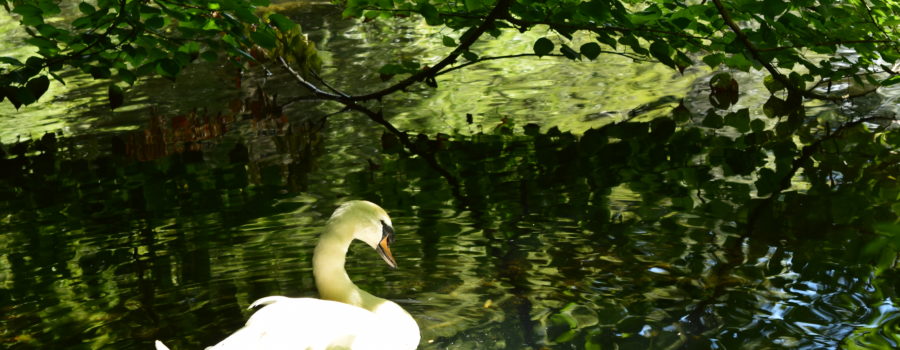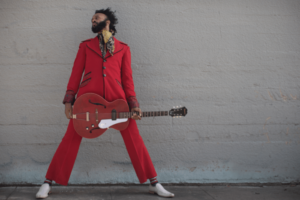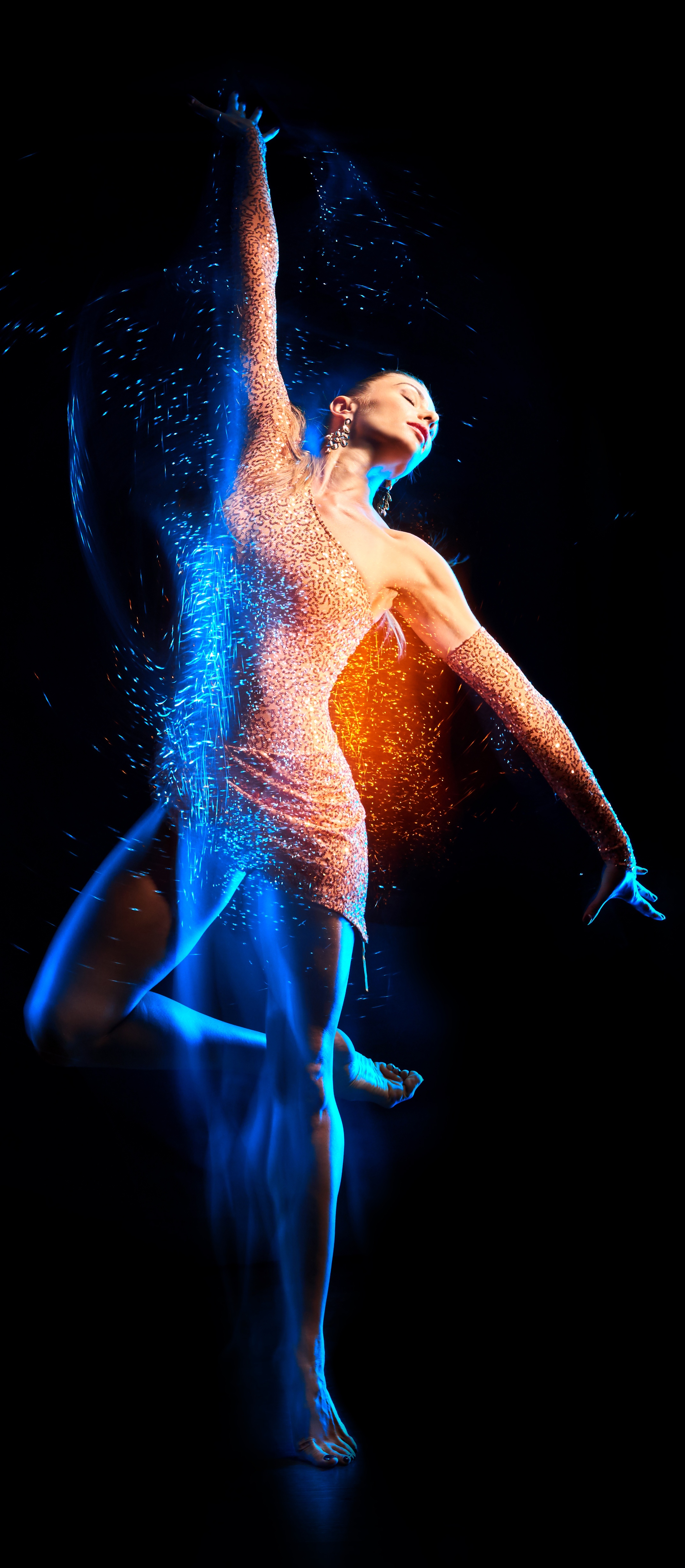While some people (me) are content with Netflix specials about Mother Earth, others like Bernie Tracey find solace being out in the midst of it all. Nature photography has gifted Bernie not only peace of mind but also a sense of balance. Something she started to crave a few years ago after the grind of reality started to eat away at her. Now one can find her out and about snapping pictures of everything from glorious winged-creatures to the most delicate of foliage. She talked with us about all of the above and then some in this back and forth that paired a viewer of nature in the US to a nature photographer overseas in Ireland.
Kendra: Was there any animal or landscape in particular that sparked your interest in nature as a whole?
Bernie: It has to be Glendalough, which is an area of natural beauty in County Wicklow. It’s an early Christian monastic settlement founded by St. Kevin in the 6th century and from this developed into a “Monastic City”. Most of the buildings that survive today date from the 10th through 12th centuries. It is my spiritual home.
In Ireland, we call them Thin Places. This is where the veil between the natural world and the spiritual realm is transparent. It is a place where time stands still and we can sense the divine in us. For me, Glendalough is one of those places. It inspired me to explore its landscape more and capture its inner beauty and energy.
Kendra: When did your love of nature and interest in photography come together?
Bernie: I have always loved being out in nature as I felt a sense of calmness there. However, throughout my life, work always got in the way. There was no balance – it was work to bed to work and life was passing me by. I took up photography three ago to encourage me to get some balance in my life. Not only did it help me to get out in nature more, but I also fell in love with photography. It helps you to slow down and observe more what nature has to offer. You begin to notice the changing seasons. The minute detail that you would have passed by but now see it as a work of natural art composed by nature itself.
Kendra: You’ve noted that your photos are like peaceful meditations. Do you mean for you or also for those who view them?
Bernie: It is for the viewer. I am a sensitive observer of nature and as I look through the lens. I want to capture the feeling of this moment for my viewer. The feeling is like a peaceful meditation, where the world stands still and you want that moment to last forever. There is nothing like observing beauty in nature whether through a photograph or being in its presence, to bring you into a state of inner peace. I want my viewer to escape into this world and be at one with nature itself.
Kendra: You must find complete solace in taking pictures because I read you waited a long time for this one shot in particular of a heron. What is the longest you’ve waited for the perfect shot?
Bernie: If I were a wildlife photographer, I would have to wait for hours to capture a specific movement. As a Nature Photographer, I capture the moment when t come upon it. For example, light dancing on the water, a flower blowing in the breeze and the light shining through its petals or a swan gliding gracefully on a lake basked in a stream of light. It’s all about the light in nature photography. Sometimes when I am walking around a place and the light changes. So I walk back to a shot that I took before because I know the light is better and I will be able to capture a truly magical scene. It’s like the swan photograph. I passed this place and then the light changed, so I went back and captured the same scene and it was a very different image.
With regard to the Heron, I came upon him and enjoyed my time just observing his stillness. I too felt grounded as the sounds of nature enveloped my whole being. I observed him for 30 minutes; when he flew away into the reflections on the water, I missed this beautiful shot. It happens and there will be other opportunities but it was lovely being in his company for this short time.

Kendra: When one thinks of Ireland, we think of the vast amounts of green that the landscapes have, as well as the castles. Where does one go to find the best of Ireland’s natural elements?
Bernie: There is something surreal about the landscape of Ireland. Apart from its natural beauty and its forty shades of green, there is a raw energy in the landscape. John O’Donoghue sums it up beautifully in his wonderful book Eternal Echoes as follows:
“There are places where the ocean praises the steady shore in a continual hymn of waves. There are fresh cold streams pouring through mountain corners which have a rhythm that never anticipated the gaze of a human eye”
All of our counties, 32 in total, including Northern Ireland, have their own natural beauty and ancient history. The Wild Atlantic Way is a 2500km touring route that trails the full length of the west coast of Ireland; taking in some of the most breath-taking scenery imaginable. This is an area I have not photographed yet but will go there to capture the power and energy of this incredible landscape.
Kendra: When it comes to nature preservation, do you do any work in that realm either on your own or with your photos?
Bernie: Having taken up photography, I am more aware of the natural beauty around us. It’s hard to see how we as humans continue to intrude on the natural habitat of wildlife and upset natural beauty spots by turning them into tourist hot spots. I consider myself a good eco-citizen and was a member of the Irish Green Party a number of years ago. I also contribute to local initiatives like “Save our Bogs” which is so important for our natural environment.
As a concerned eco-citizen, I look at ways to recycle and I live my life trying to do the best for our planet. I know I could do more and this question has prompted me to do so. I know we can all work individually to do the best we can, but as a collective we are a more powerful force for good.
Kendra: Where do you see your photography going as we head into the spring and summer months?
Bernie: The four seasons offer so many different aspects of nature that are a joy to behold. It is not just about the wonderful colours of Spring, Summer and Autumn and the snow scenes in Winter. It is about observing the changing cycles. You see flowers blooming and then going asleep for the winter as they have done their job, majestic trees lose their leaves as you walk along a carpet of natural fabric. You notice the sounds of birds coming and going as they migrate to warmer climates and come home to nest in Ireland. They make their arrival heard and you delight in their homecoming. All of the senses are alerted as you become one with the cycles of nature.
Light is the most important element of any nature photography and in each season the light is different. You could go back to a shot you took last year and take it again; it will be a very different shot. It’s like how Monet painted the water lilies in his Giverny garden over and over again as for him it was all about the changing light. That is how my photography works too. I use the light as Monet did to draw the eye in to rest on an unexpected detail to convey a sense of space and connection. For me, it is all about my viewer. They are not just being presented with a photograph; they are being asked through my images to actively participate and become one with nature itself.






